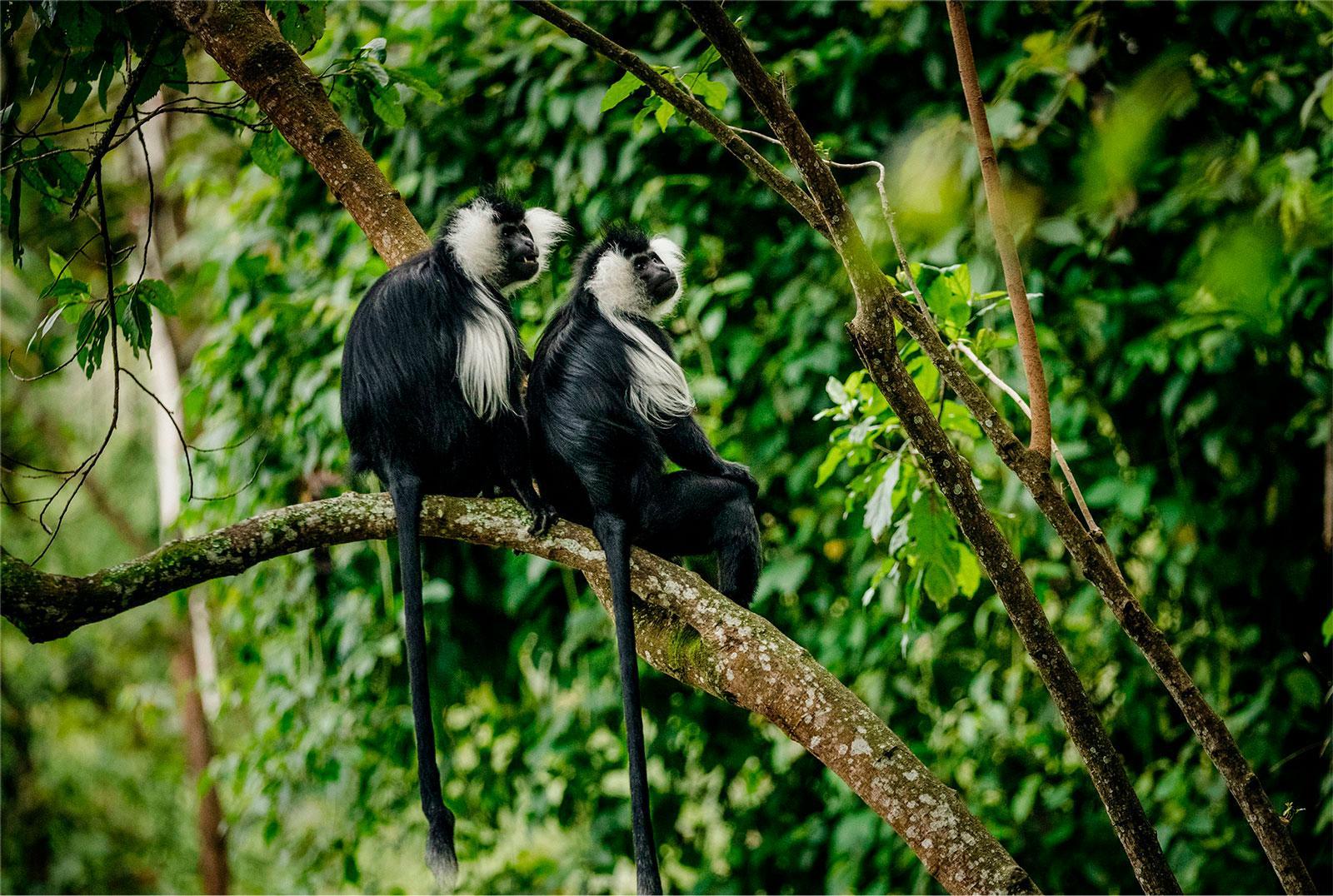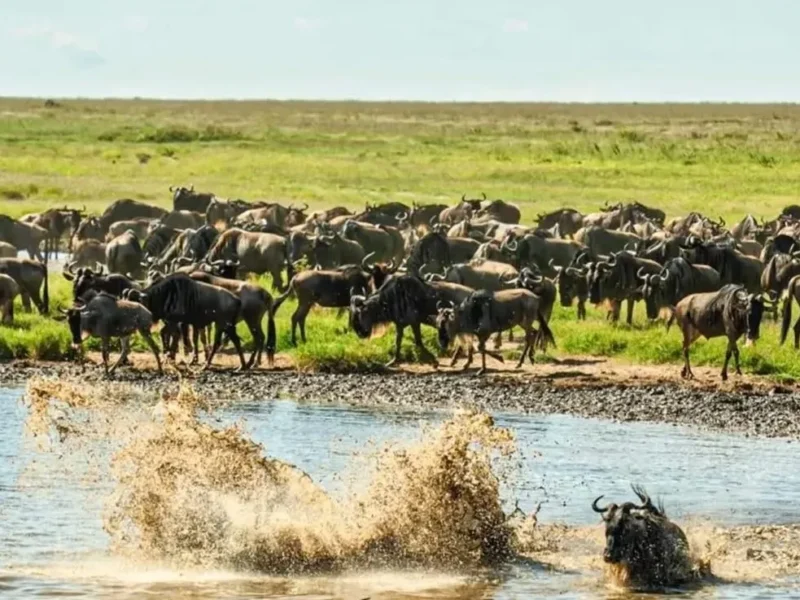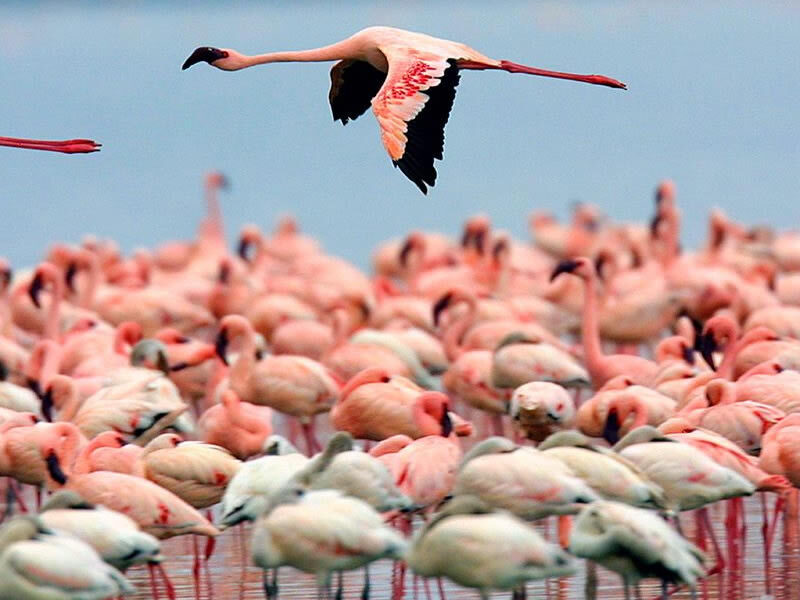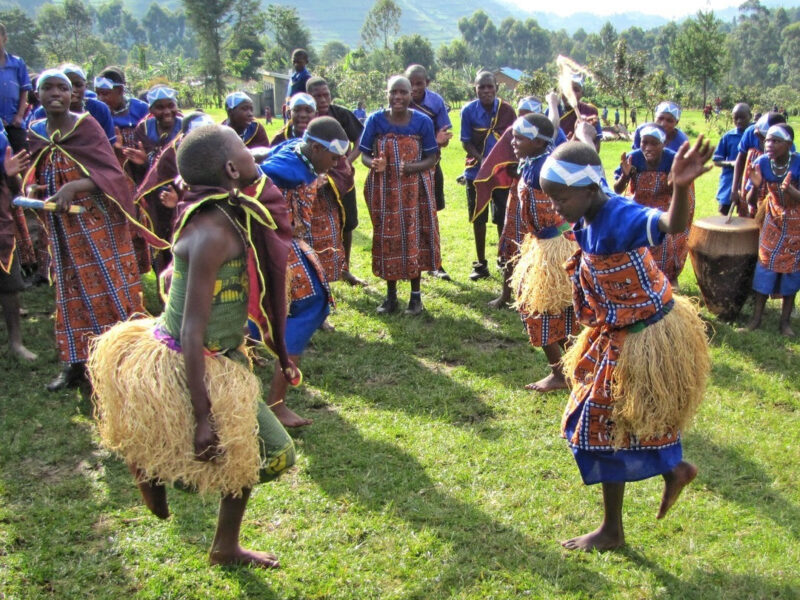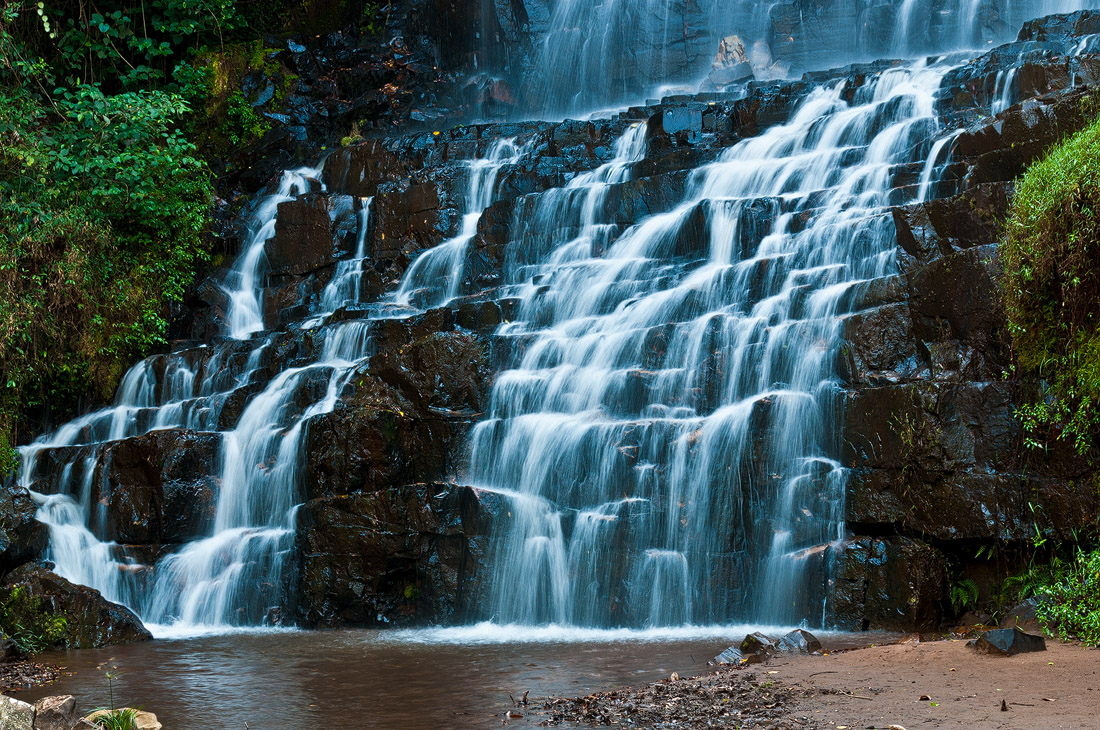
Karera Waterfalls
April 22, 2025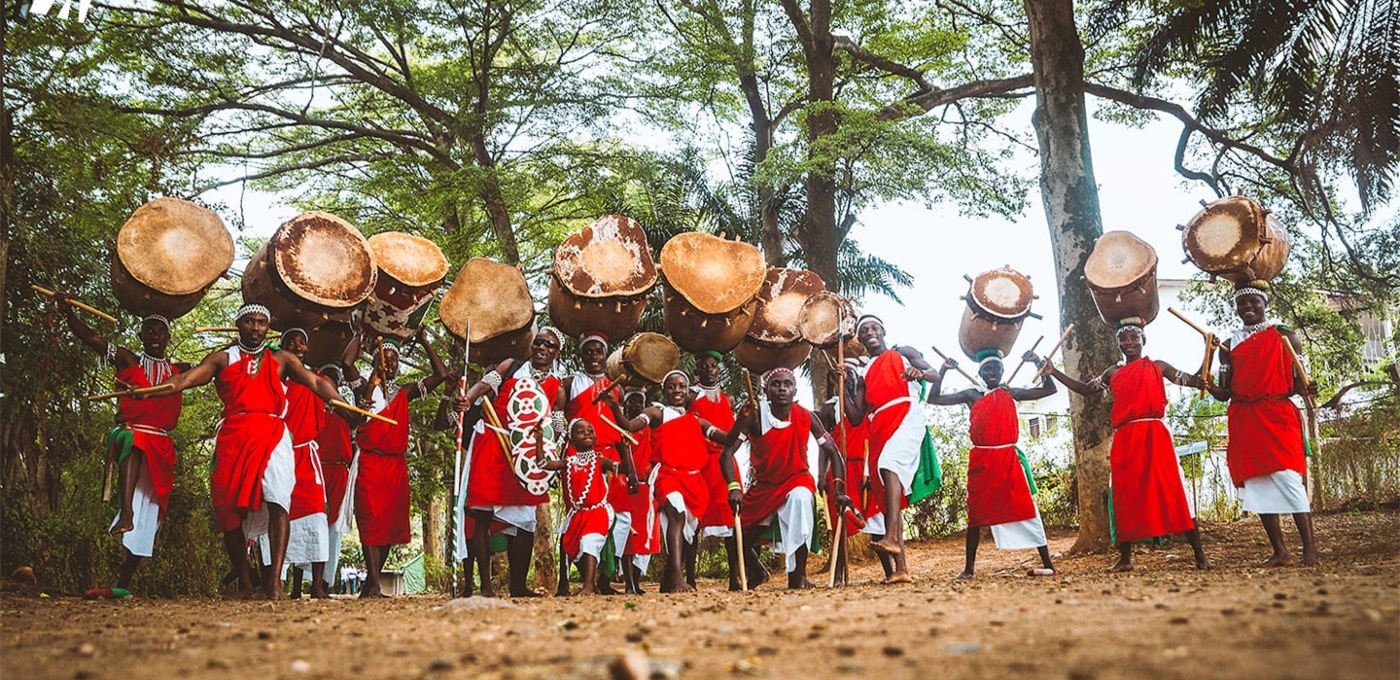
Cultural Gems of Burundi: Traditions, Art, and History
April 24, 2025Discover the Untouched Wilderness of Kibira National Park
Kibira National Park is a significant natural and cultural landmark in northwestern Burundi, covering approximately 400 km². It forms part of the Congo-Nile Divide and is contiguous with Rwanda’s Nyungwe National Park, together creating a vital transboundary forest corridor. The park is managed by the Institut National pour l’Environnement et la Conservation de la Nature (INECN).
Biodiversity
Kibira is renowned for its rich biodiversity:
Flora of Kibira National Park
Kibira National Park is part of the montane rainforest ecosystem, lying along the Congo-Nile Divide. This unique geography supports a wide range of plant life, including:
Forest Types:
-Montane Rainforest: Dense, moisture-rich forest with tall evergreen trees.
-Bamboo Stands: Often found at higher altitudes, bamboo provides food and habitat for various wildlife, especially primates.
-Montane Bogs: These waterlogged areas are rich in mosses and specialized plant species adapted to saturated soils.
Dominant Tree Species:
1.Symphonia globulifera
– A large evergreen tree known for its dense canopy and reddish bark.
– It produces bright yellow flowers and oily seeds.
– This species is often found in swampy or moist areas and contributes to the rainforest’s biodiversity.
2.Newtonia buchananii
– A fast-growing tree with a wide crown, typically found in moist, high-altitude forests.
– It provides valuable shade and is often used in reforestation efforts.
– The tree has compound leaves and long seed pods.
3.Albizia gummifera
– A tall tree recognizable by its feathery leaves and umbrella-like canopy.
– It plays a role in nitrogen fixation, improving soil fertility.
– Also known for its ecological role in supporting bird and insect life.
Fauna of Kibira National Park
Kibira is teeming with animal life due to its diverse habitats and vegetation zones. It’s a hotspot for both mammalian and avian species.
Mammals (98 species)
Chimpanzees (Pan troglodytes):
-Highly intelligent primates with complex social structures.
-Endangered and protected; they are among the most iconic animals in the park.
Black-and-white Colobus Monkeys (Colobus guereza):
-Known for their striking black and white fur and long bushy tails.
-They live in groups and feed primarily on leaves.
Baboons (Papio spp.):
-Terrestrial monkeys that live in large troops.
-Known for their adaptability and loud vocalizations.
Antelopes:
-Includes duikers and bushbucks that thrive in the undergrowth of the forest.
-Important prey species for larger carnivores and key to the park’s ecological balance.
Birds (200+ species – Important Bird Area)
-Great Blue Turaco (Corythaeola cristata):
-A large, fruit-eating bird with vibrant blue and green plumage.
-Its haunting calls echo through the forest canopy.
Black-and-white-casqued Hornbill (Bycanistes subcylindricus):
-Distinguished by the large casque on its bill and strong wingbeats.
-Plays a key role in seed dispersal throughout the forest.
These flora and fauna make Kibira not only a biodiversity hotspot but also a critical area for conservation in the Albertine Rift region.
Conservation Efforts
Recognizing its ecological significance, Kibira National Park is working towards UNESCO designation as a World Heritage Site and Biosphere Reserve. This initiative aims to enhance conservation efforts and promote sustainable development in the region.
Best Time to Visit.
Dry Season (June – September)
-Weather: Mild and pleasant, with temperatures ranging from 15°C to 25°C (59°F to 77°F).
-Hiking & Trails: Trails are more accessible and less slippery, making it easier to explore the forest on foot.
-Wildlife Viewing: Animals are more active and easier to spot as they gather near water sources.
-Bird Watching: The dry season offers clearer skies and better visibility, making it perfect for spotting Kibira’s 200+ bird species.
Wet Season (October – May)
-The forest is lush and vibrant, great for photographers and botanists.
-However, heavy rains can make some trails muddy and challenging, and some roads may become impassable.
-Less ideal for casual tourists or those not prepared for rugged conditions.
If you’re planning a visit, it’s best to hire a local guide or go through a tour operator — not only for safety but also to enhance the experience with insights into the flora, fauna, and local culture.
Activities
Visitors to Kibira can engage in various activities:
Kibira is home to 98 species of mammals, and wildlife viewing is one of the most thrilling activities you can do here.
-Primates: You can spot chimpanzees, black-and-white colobus monkeys, vervet monkeys, and olive baboons. Observing these intelligent animals in their natural habitat is unforgettable.
-Antelopes & Small Mammals: Forest antelopes such as bushbucks and duikers roam the undergrowth.
-Tip: Early mornings or late afternoons are the best times for sightings, and a guide will help track and interpret animal behavior.
Bird Watching
Recognized as an Important Bird Area (IBA), Kibira hosts 200+ bird species, many of which are endemic to the Albertine Rift.
Highlights:
-Great Blue Turaco – striking plumage and loud calls.
-Black-and-white-casqued Hornbill – known for its impressive bill and strong flight.
-Dusky Crimsonwing, Red-collared Mountain Babbler, and Rwenzori Turaco are among rare finds.
-Best Spots: Forest edges, clearings, and around rivers.
-Tip: Bring binoculars and a local bird guide for the best experience.
Guided Nature Walks
Explore the park’s incredible terrain on foot with a knowledgeable guide:
-Landscapes: Lush forests, bamboo stands, rolling hills, rivers, waterfalls, and bogs.
-Learning Opportunities: Guides share insights about local medicinal plants, animal tracks, and the complex forest ecosystem.
-Trails: Vary in difficulty, so there’s something for everyone—from casual strolls to full-day hikes.
Cultural Encounters
Get a glimpse into the lives of indigenous communities like the Batwa people, some of the earliest inhabitants of the Great Lakes region.
Activities:
-Visit traditional homes and learn about subsistence lifestyles, music, and oral storytelling.
-Observe or participate in traditional crafts, such as pottery and hunting techniques.
-Learn about their historical relationship with the forest, which they consider sacred.
-Ethical Travel Tip: Make sure cultural visits are arranged with consent and benefit the community. Responsible tour operators or NGOs often facilitate these visits.
Each activity gives you a deeper connection to the natural and human heritage of Kibira National Park.
How to get There
To reach Kibira National Park from Bujumbura (now Bujumbura Mairie), you have several options depending on your budget and comfort preferences.
By Car (Private or Rental)
-Route:Drive from Bujumbura to Gitega, then continue north on the N1 road toward Busiga
-Distance:Approximately 100 km (about 3–4 hours), depending on road conditions
-Road Conditions: The roads can be rough and unpaved in some areas 4×4 vehicle is recommended
-Tips:Bring water, snacks, and a power bank for your devices. It’s advisable to start early to ensure you arrive before dark
By Public Transportation
-From Bujumbura Take a bus from the Sioni area to Gitega, passing through Bugarama.
-From Gitega Take a bus or shared taxi to Busiga.
-From Busiga You can either walk (~1–2 hours) or hire a local moto-taxi to the park entrance at coordinates 2G22+225
Local Guide Recommendation
Hiring a local guide can enhance your experiece:
Accommodation
-Kibira Park Lodge: Located near Bugarama, this lodge offers comfortable accommodations and is a convenient base for park visits.
Sun Safari Club Hotel – Located in Bujumbura (now Bujumbura Mairie), this upscale hotel offers a range of amenities including a swimming pool, on-site restaurant, and rooms equipped with TVs, minibars, and internet access

